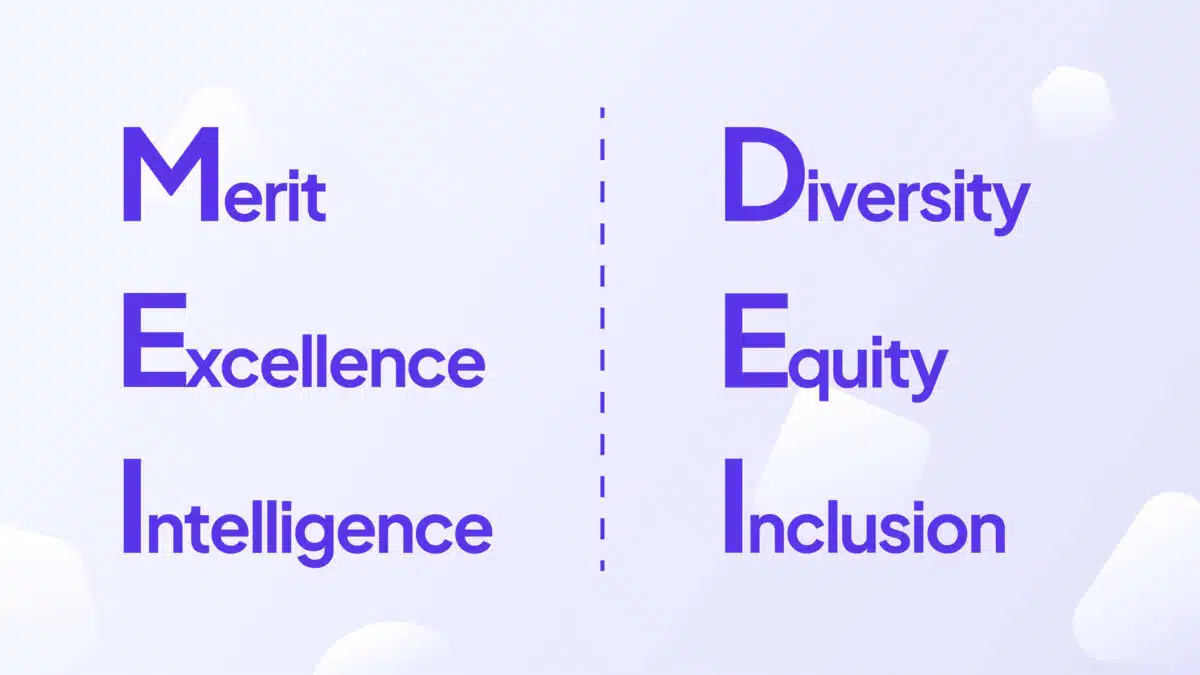Workplace Diversity and Inclusion or popularly called D&I, is one of the hottest topics of discussion for the Human Resource industry. In recent years, it has become the top priority for everyone. Employers are integrating it with their company’s core cultural values and strategic initiatives. It’s not only considered as one of the right things to do, but it is also helpful to the business. Moreover, it helps in employee growth and development. In this article, we have highlighted the benefits of D&I at the workplace with some relevant statistics. But before we learn more about the benefits, let us take a look at the definition of Diversity and Inclusion.
What is diversity and inclusion in the workplace?
Diversity in the workplace simply refers to a workforce with diverse individuals. It includes individuals from different backgrounds, gender, political beliefs, race, age, ethnicity, culture, sexual orientation, etc.
But diversity alone can’t bring about the change organizations are looking for. Inclusion plays an integral part. While organizations often use the words diversity and inclusion interchangeably, they are different. Inclusion refers to establishing a work environment where everyone feels welcomed. They get a true sense of belonging and feel respected, valued, and heard.
Here’s a list of top five benefits of diversity and inclusion in the workplace.
Wider Talent Pool
Employees are not just satisfied by perks or compensation anymore, they are looking for much more than that. They are looking for a place to grow, learn and challenge themselves in whatever they do. COVID might have affected the way we work; it has forced most of us to work remotely. But on the other hand, it has given organizations the advantage to hire talents from the global forum. When companies open their gates to a diverse talent pool, they will get nothing but the best to choose from.
Employees are looking to work in a diverse work culture too. According to a recent survey by Glassdoor, 72 % of women, 62% of men, 89% of black respondents, 80% of Asians, and 70% of Latinos prefer a diverse work culture for work.
Greater Creativity and Innovation
Workplace diversity and inclusion lead to greater creativity and innovation. Employees from a homogeneous background tend to think and assess situations or challenges in a similar way. As a result, they fail to think critically or add anything new. They fall prey to the psychological phenomenon of Groupthink. But diverse employees bring multiple perspectives and experiences to the table. They do not think as a group and assess situations more thoroughly. Consequently, it leads to the generation of fresh and new ideas, and alternative ways to solve problems.
How Diversity Can Drive Innovation, an article on Harvard Business Review highlights the correlation between diversity and innovation. “Diversity unlocks innovation by creating an environment where ‘outside the box’ ideas are heard.”
Higher Retention And Lower Turnover Rate
Research by Gallup estimates that the cost of replacing an employee is between one-half to two times an employee’s annual salary.
Managing the employee lifecycle is a costly and tedious process for organizations. Employee onboarding to separation, each step has time and money involved. So the research result of Gallup doesn’t come as a surprise.
Workplace diversity and inclusion help improve employee retention and reduce turnover. Employees tend to stay with an organization for a longer time when they feel accepted, heard, valued, and respected. It makes them feel empowered and encouraged. They are happier and satisfied at the workplace. When employees have no reason to leave, it reduces the turnover rate.
P.S. Employees remain highly motivated and engaged too.
Better Performance
A culture of diversity and inclusion at the workplace promotes transparency and openness. This leads to an increase in the happiness quotient of the employees. They express their thoughts and opinions fearlessly, are more collaborative and open to learning from others. This, in turn, improves the productivity of the employees and as a result, they find fulfillment and satisfaction at work.
Here are some statistics which to confirm the effect of diversity and inclusion on productivity:
- Harvard Business Review highlights that companies with a culture of diversity and inclusion are 70% more likely to capture new markets
- An article on diversity in McKinsey highlights that companies with racial and ethnic diversity were 35% more profitable than their competitors
- It also highlighted that in the UK, EBIT grew by 3.5% for every 10 percent increase in gender diversity
*EBIT: Earnings before interest and taxes
Projects A Positive Brand Image
Workplace diversity and inclusion help promote a positive brand image for the company. Companies with a diverse workforce are perceived as forward-thinkers and socially responsible by existing and prospective clients. Not only this, employees consider diverse workplaces as a desirable place to work. In a Glassdoor study on D&I, 67% of job seekers and 57% of employees said diversity is an important element to them at the workplace. Additionally, your employees become torch-bearers of your brand image and attract more new and diverse talent.
Are you encouraging Diversity and Inclusion at your workplace? Let us know in the comments.
Want to know how Engagedly can help you implement real time performance management? Then request for a live demo
Request A Demo
Kylee Stone
Kylee Stone supports the professional services team as a CX intern and psychology SME. She leverages her innate creativity with extensive background in psychology to support client experience and organizational functions. Kylee is completing her master’s degree in Industrial-Organizational psychology at the University of Missouri Science and Technology emphasizing in Applied workplace psychology and Statistical Methods.





